How do I manage DNS in Docker?
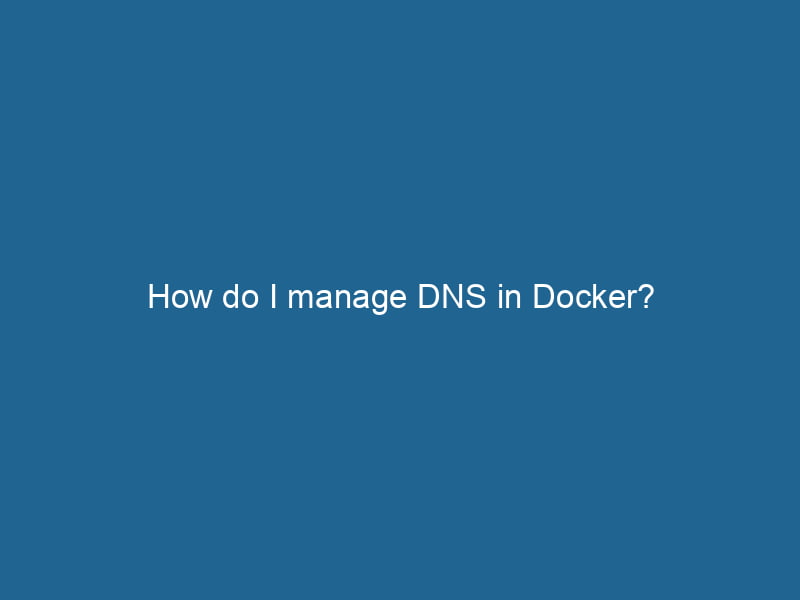
Managing DNS in Docker involves configuring the Docker daemon, setting up custom DNS servers, and understanding how container networks resolve names. This ensures reliable service communication.
How do I clone a Docker container?
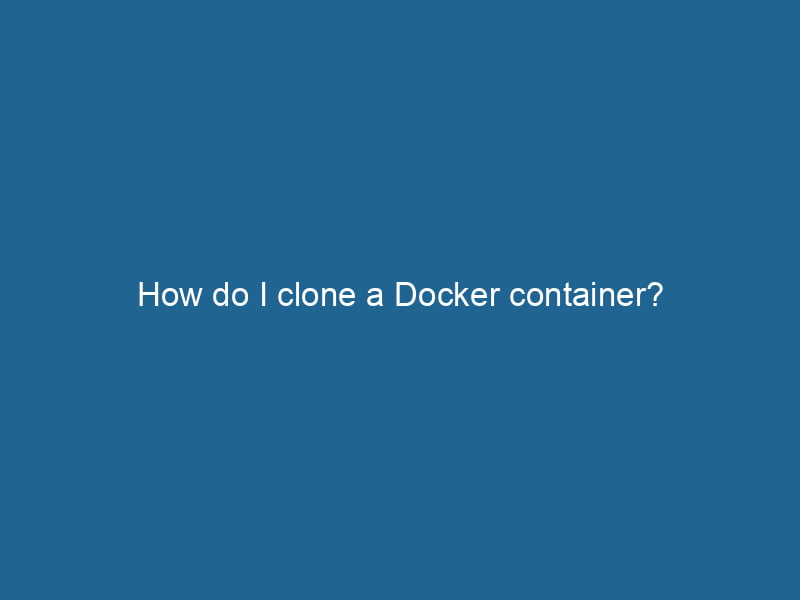
To clone a Docker container, use the `docker commit` command to create an image from the running container, then run `docker run` to instantiate a new container from that image.
How do I monitor the performance of Docker containers?

Monitoring the performance of Docker containers is essential for maintaining application efficiency. Tools like Prometheus, Grafana, and cAdvisor offer insights into resource usage, enabling timely optimizations.
How do I create and manage volumes in Docker?
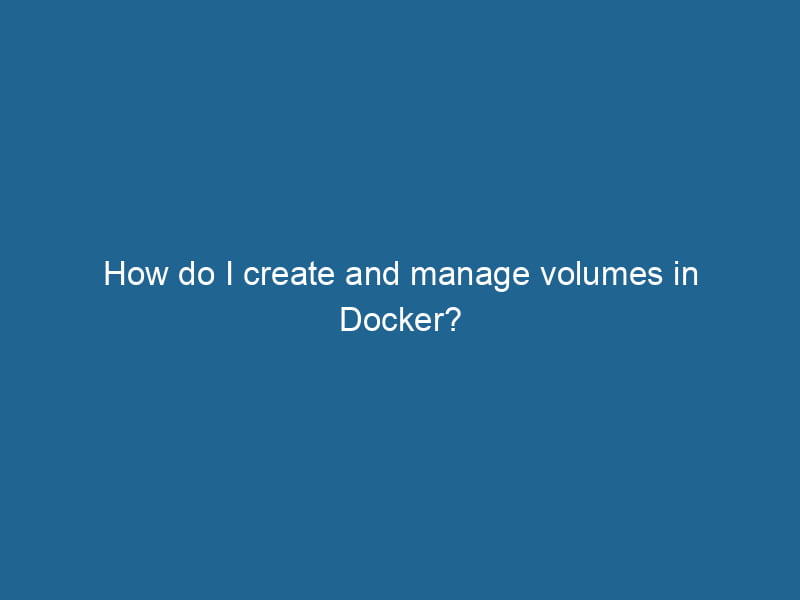
Creating and managing volumes in Docker is essential for persistent data storage. Use `docker volume create` to set up a volume, and `docker run -v` to attach it to a container.
How do I manage traffic in Docker Swarm?

Managing traffic in Docker Swarm involves using routing mesh for load balancing, configuring service discovery, and implementing ingress networks for efficient communication between services.
What are labels in Docker?
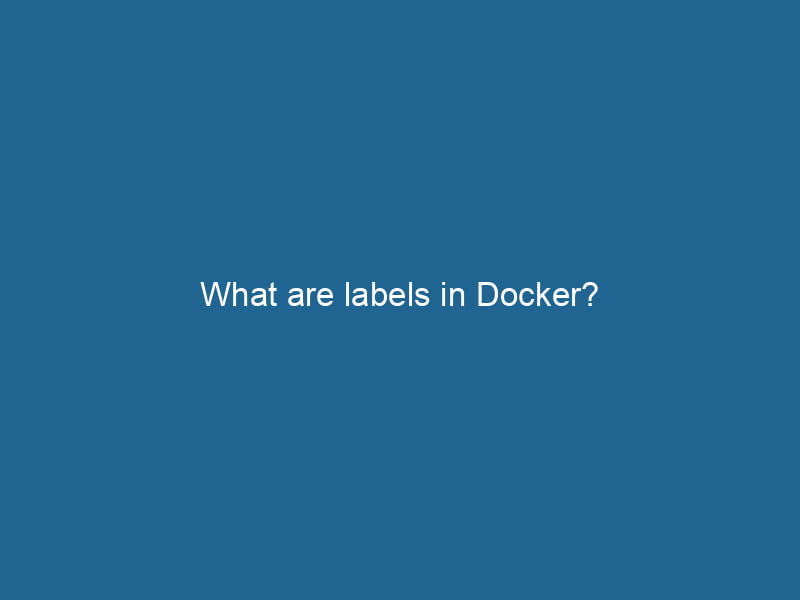
Labels in Docker are key-value pairs used to organize and manage containers, images, and volumes. They provide metadata for identification, automation, and orchestration.
How do I use labels in Docker?
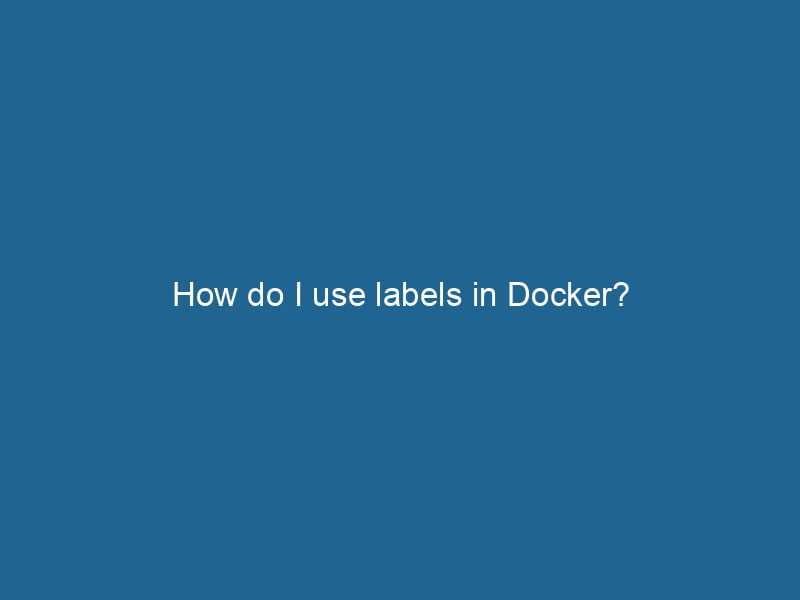
Labels in Docker provide a way to organize and manage containers by adding metadata. Use the `–label` flag during container creation or add labels to existing containers with `docker update`.
How do I push an image to Docker Hub?
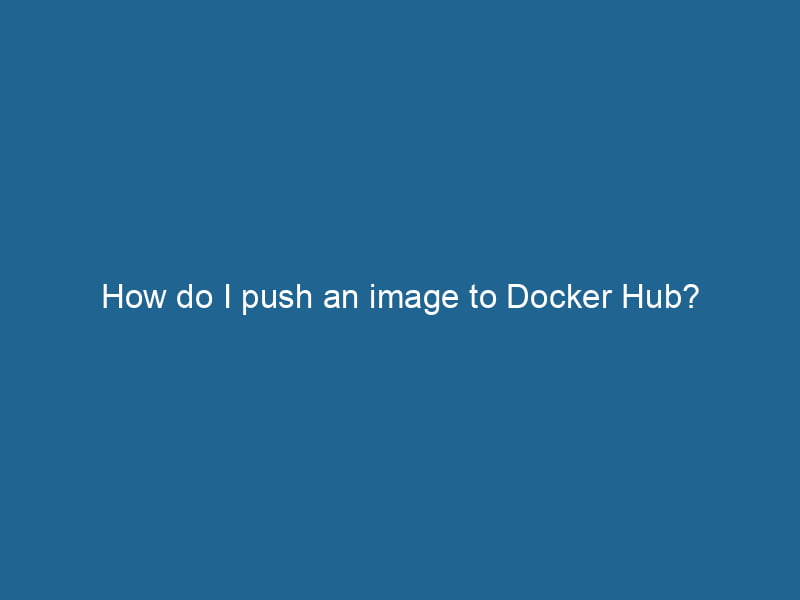
To push an image to Docker Hub, first log in using `docker login`. Tag your image with `docker tag /:`, then use `docker push /:`.
How do I use docker-compose?
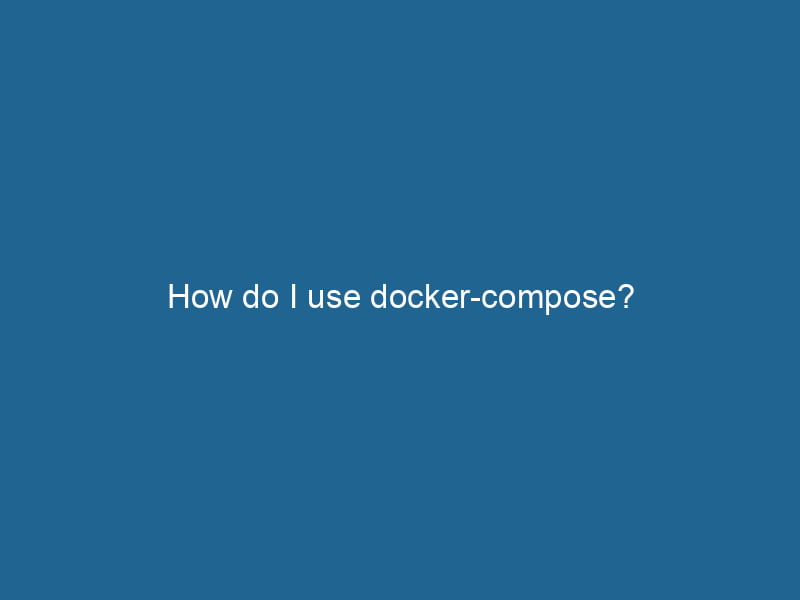
Docker Compose simplifies managing multi-container Docker applications. Use a YAML file to define services, networks, and volumes, then run `docker-compose up` to start everything seamlessly.
How do I scale an application with Docker?

Scaling an application with Docker involves creating multiple container instances, using orchestration tools like Kubernetes, and managing load balancing to ensure efficient resource utilization.
